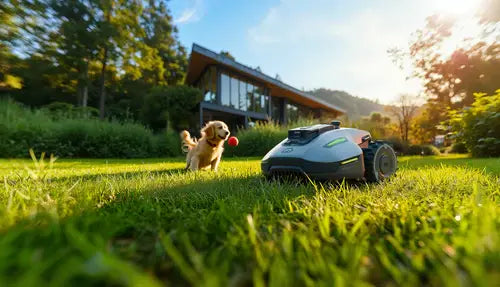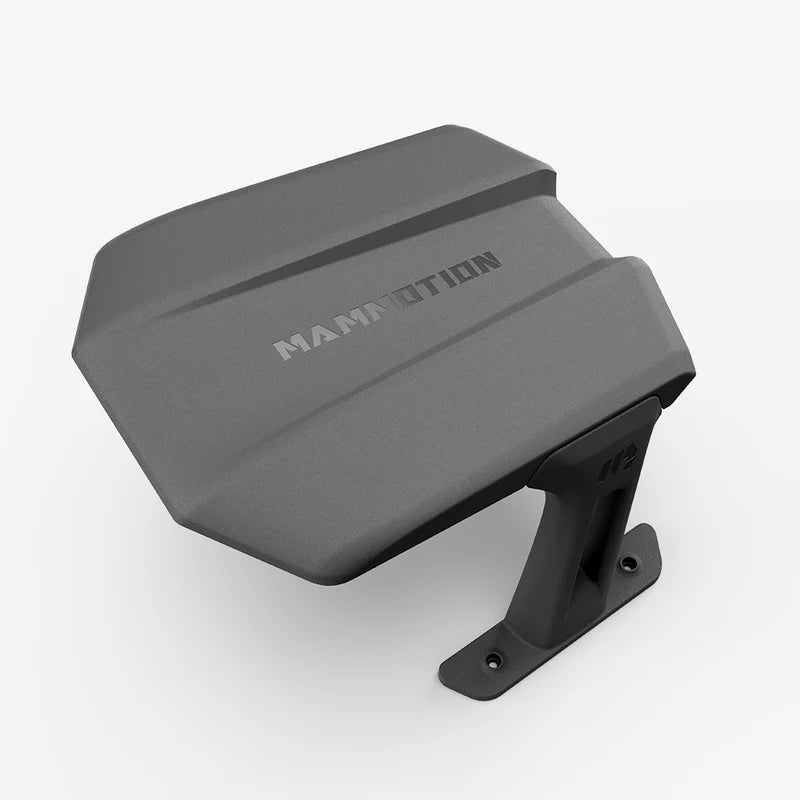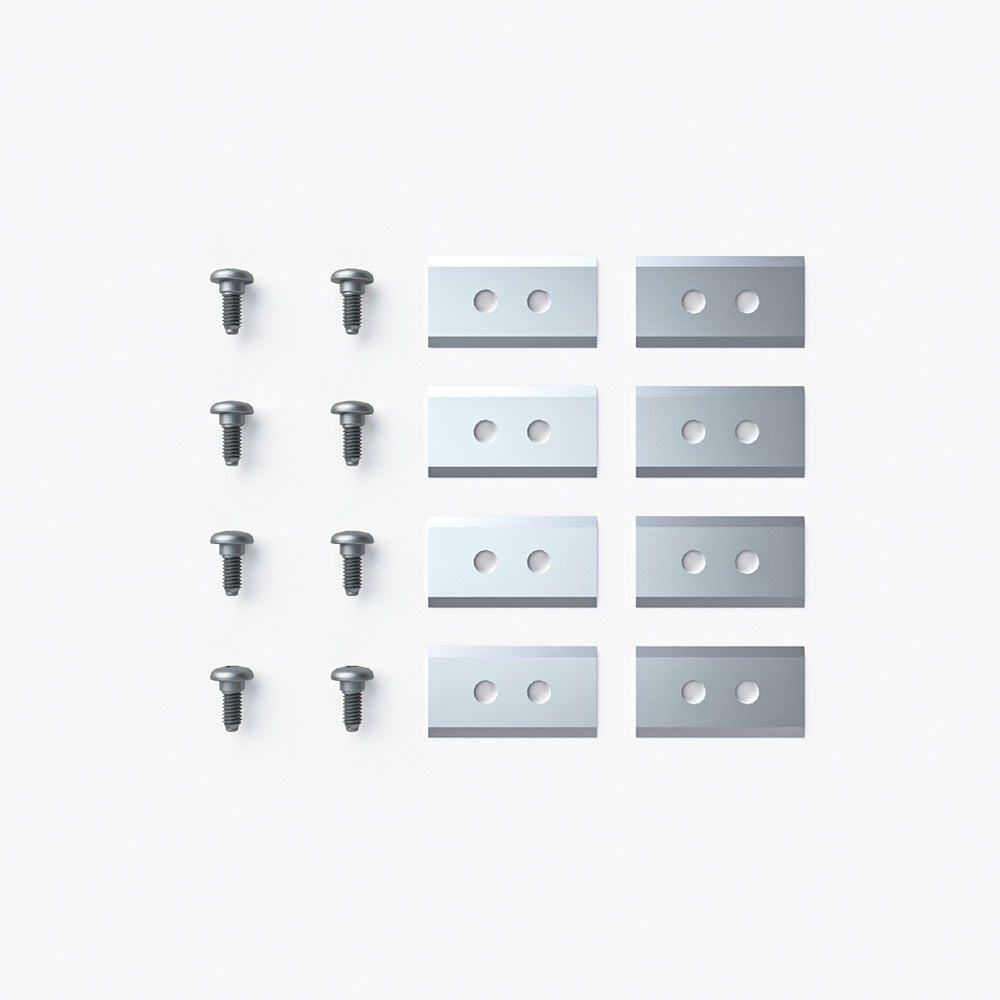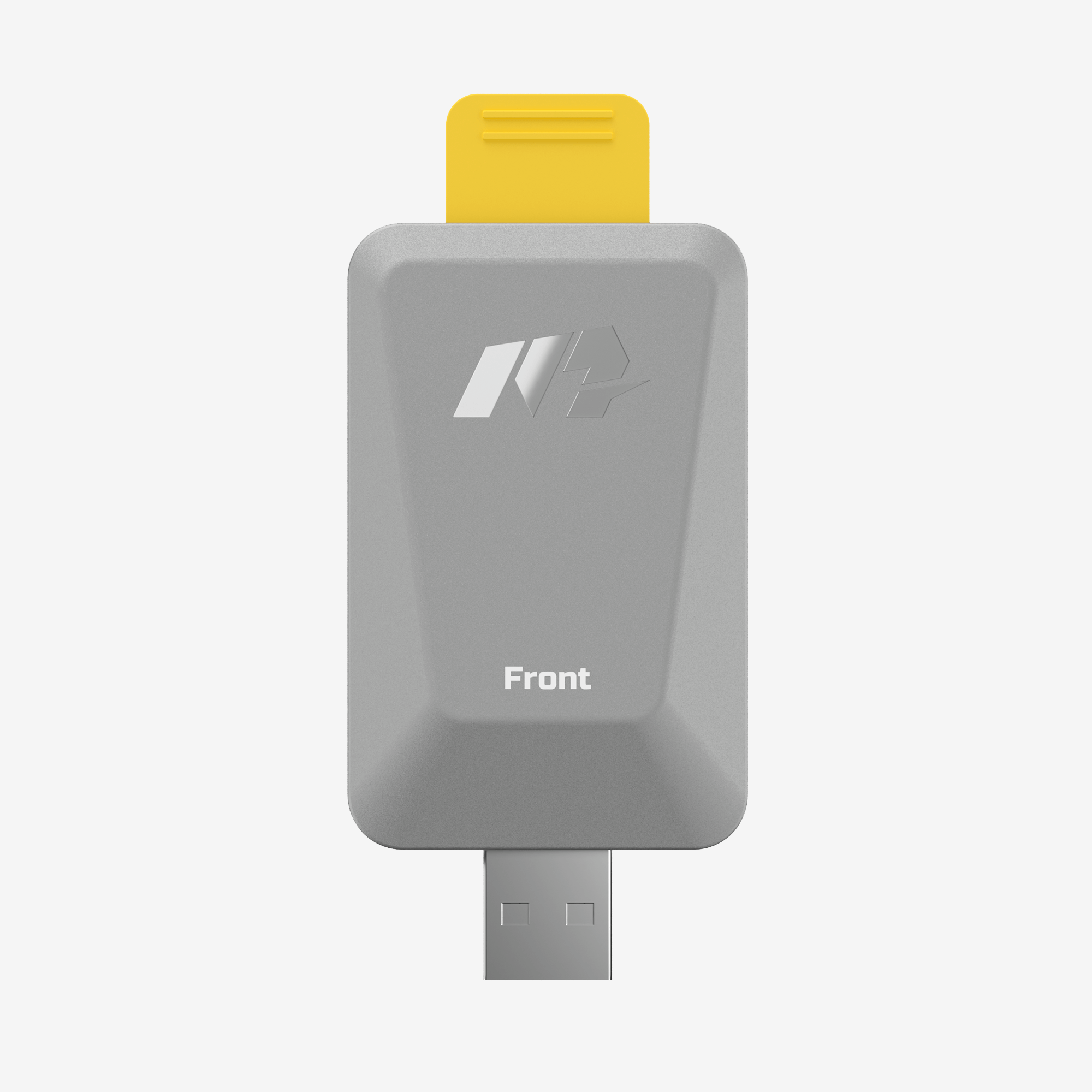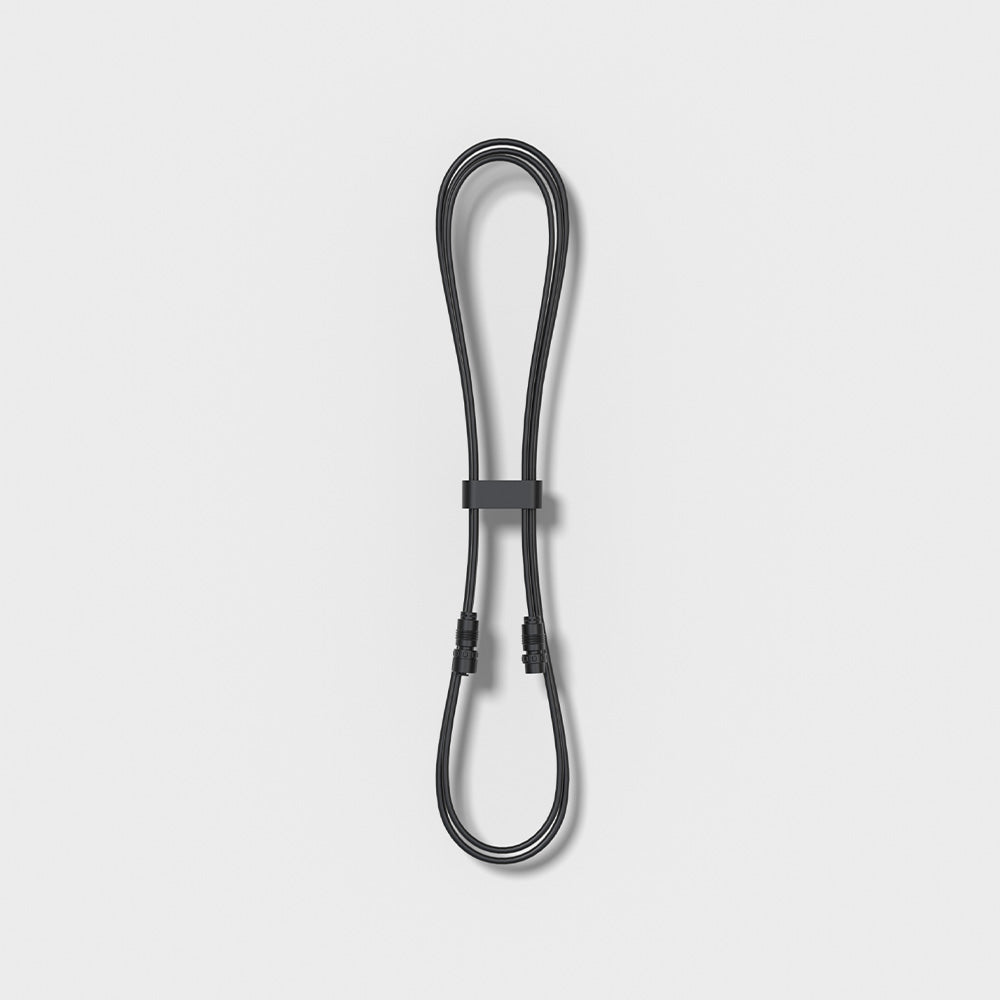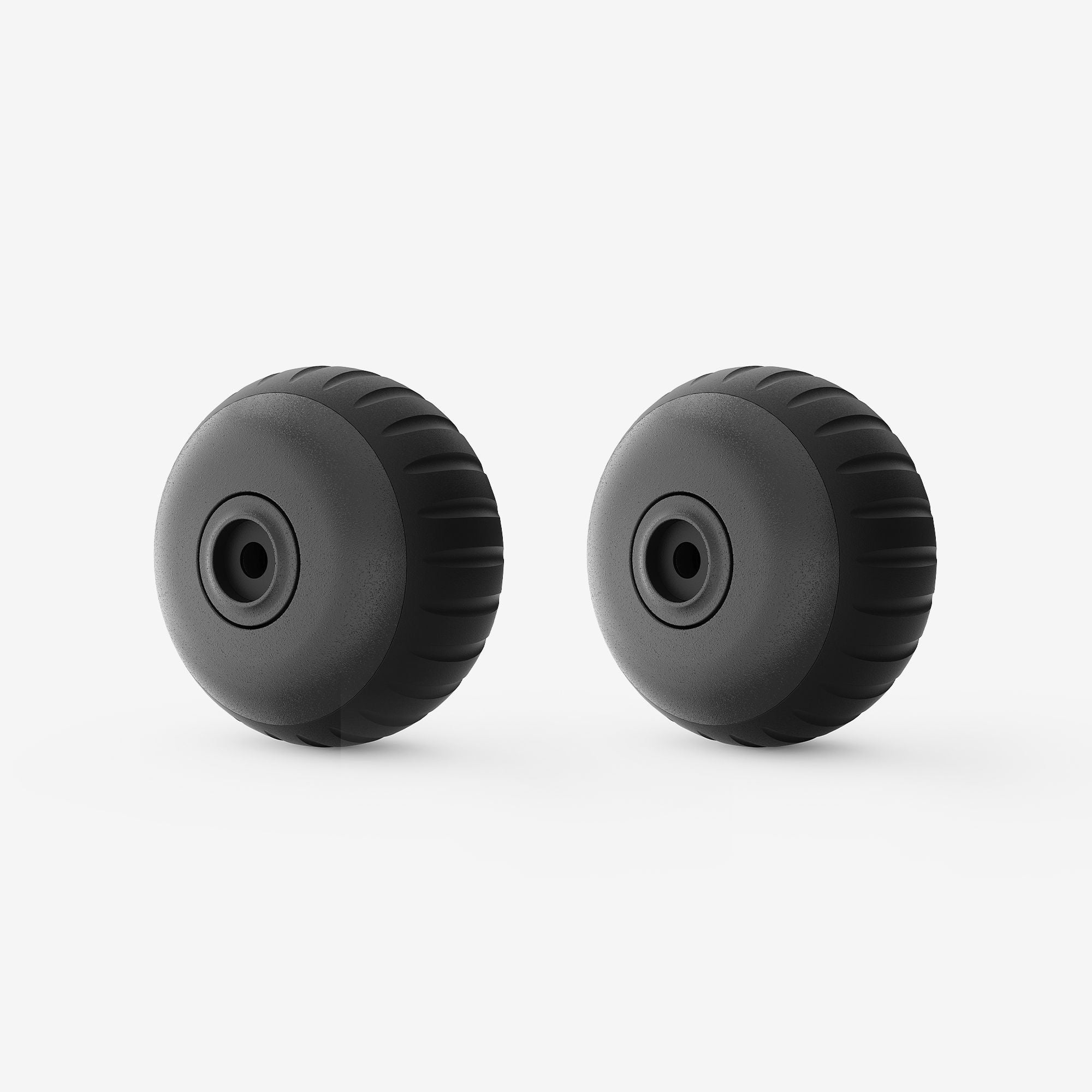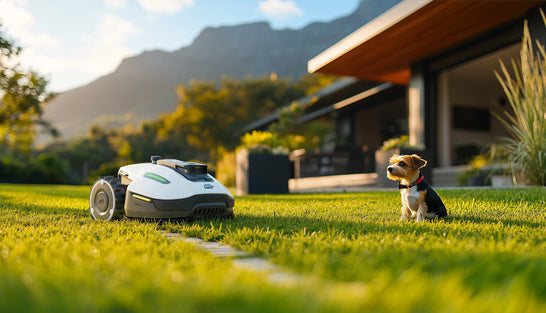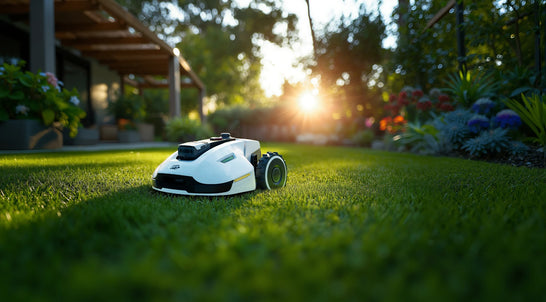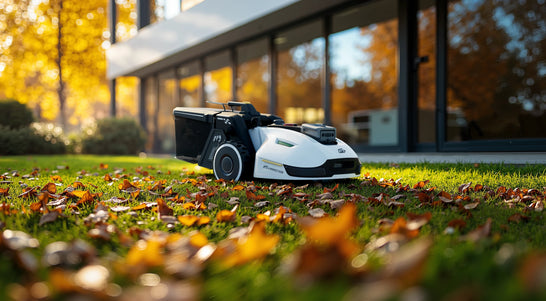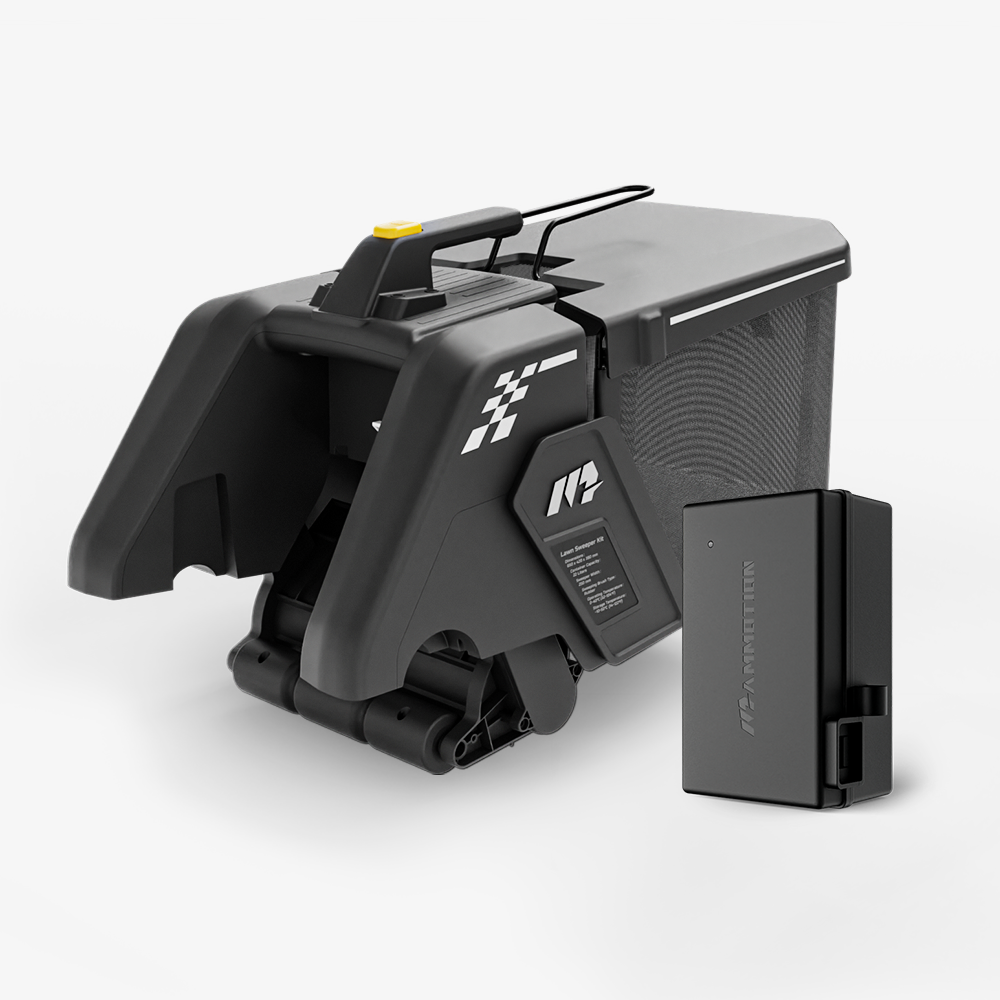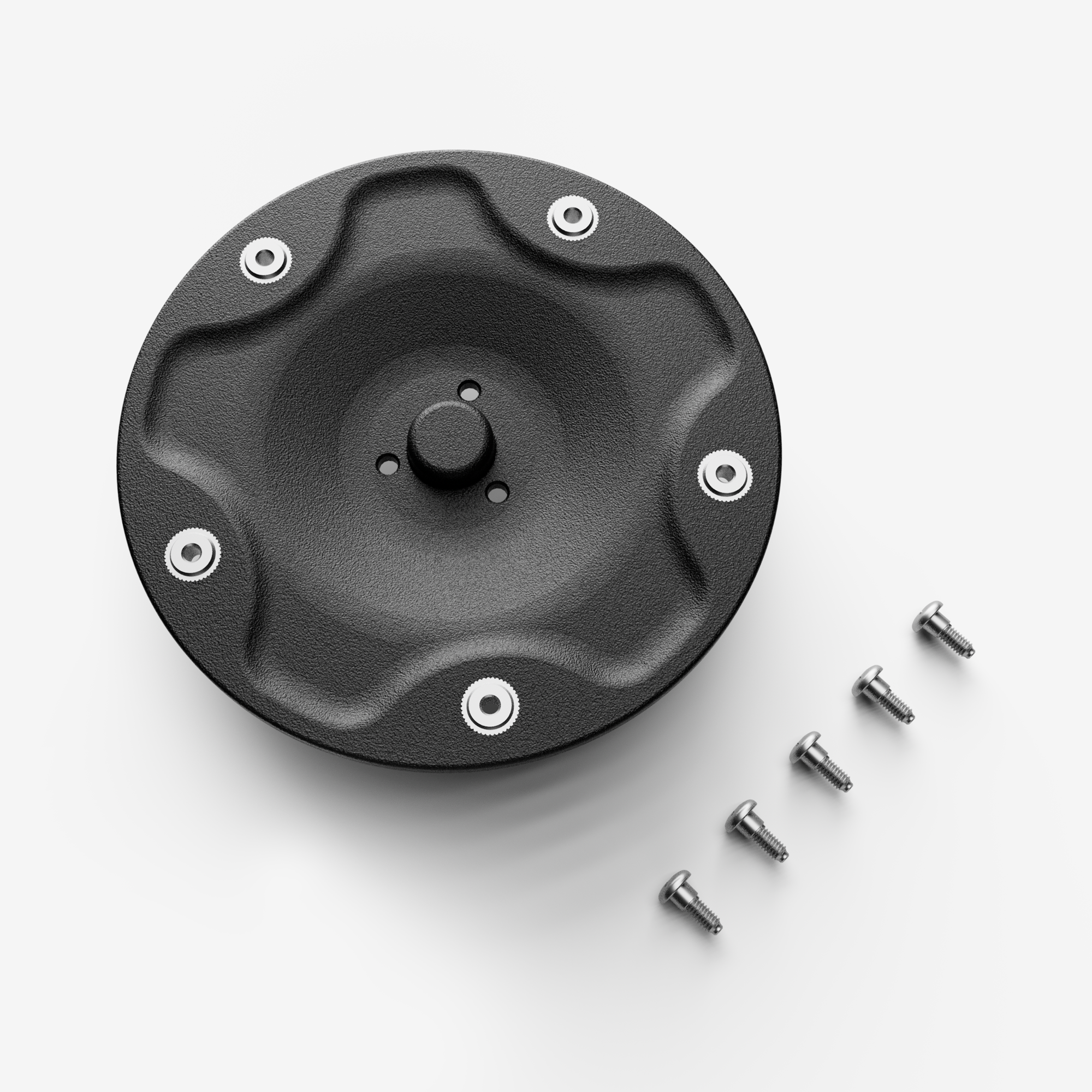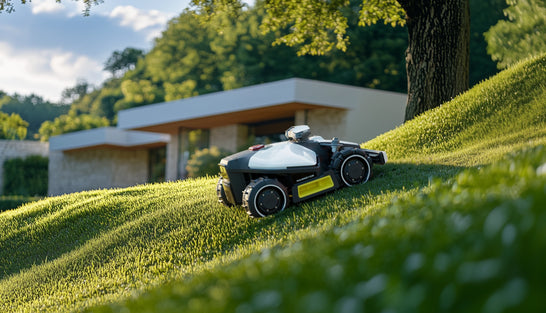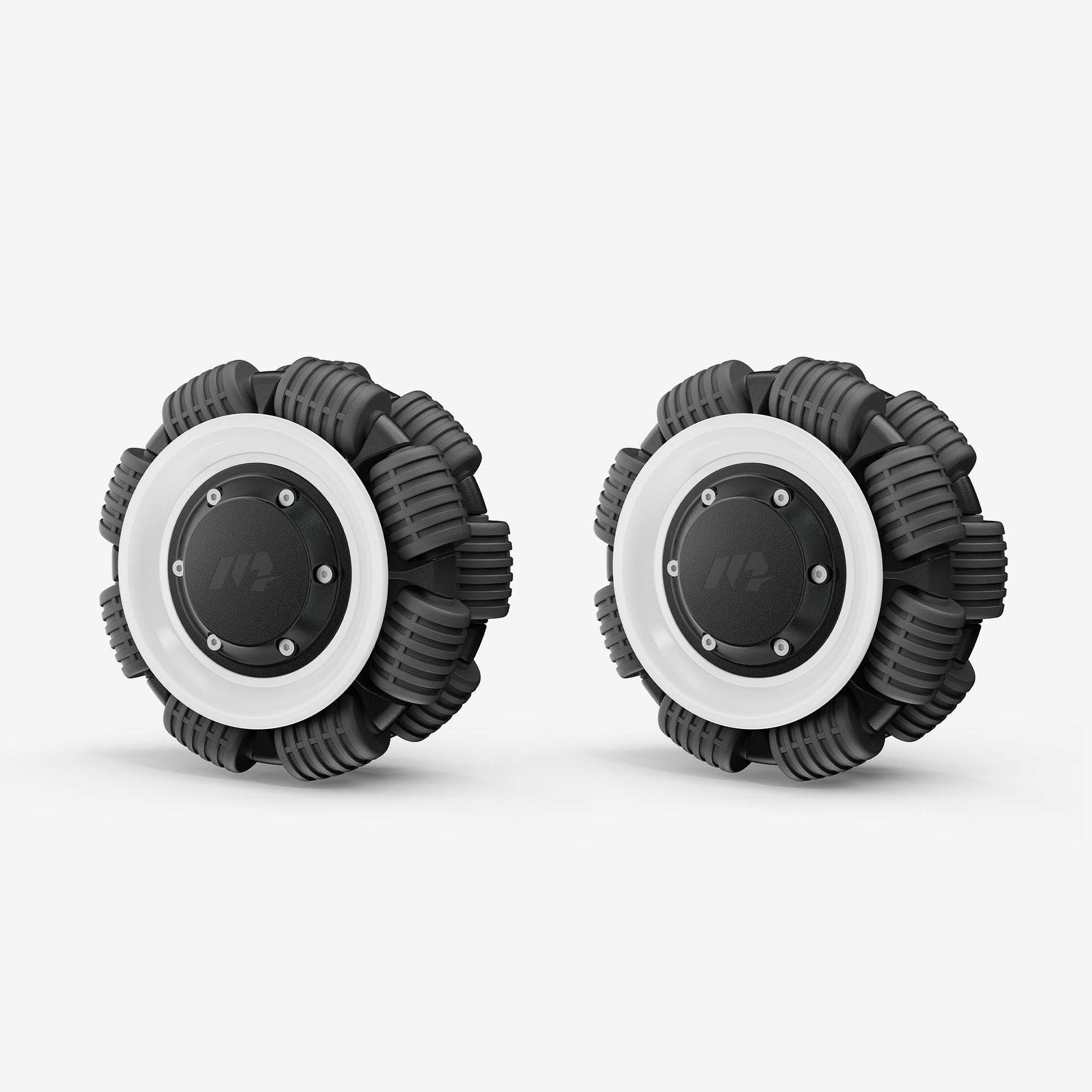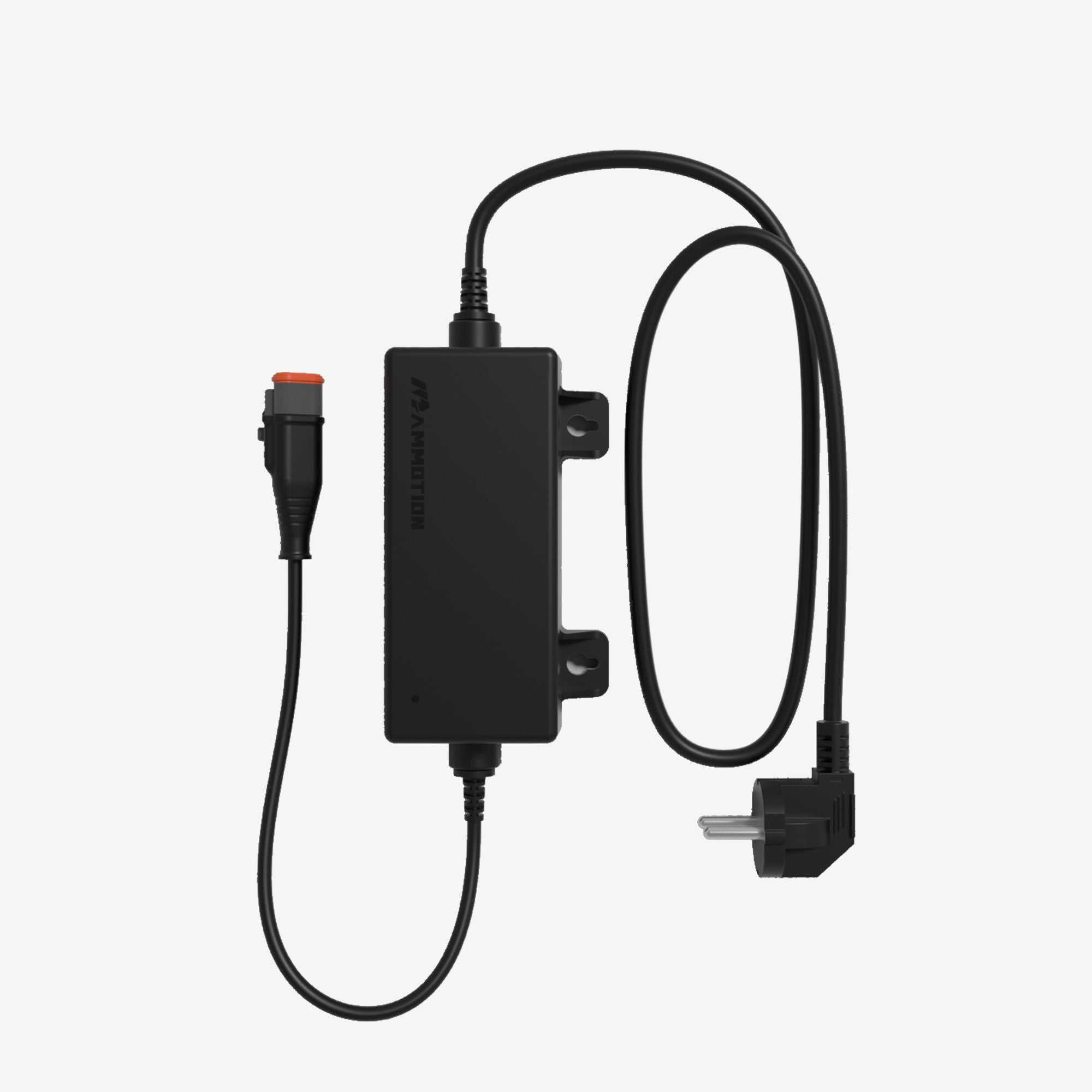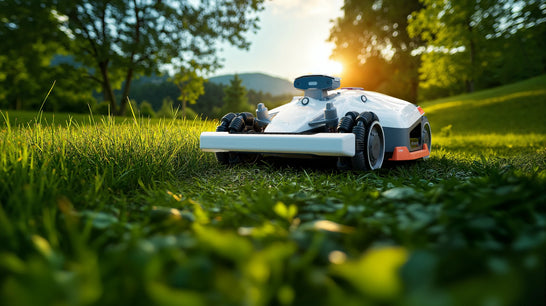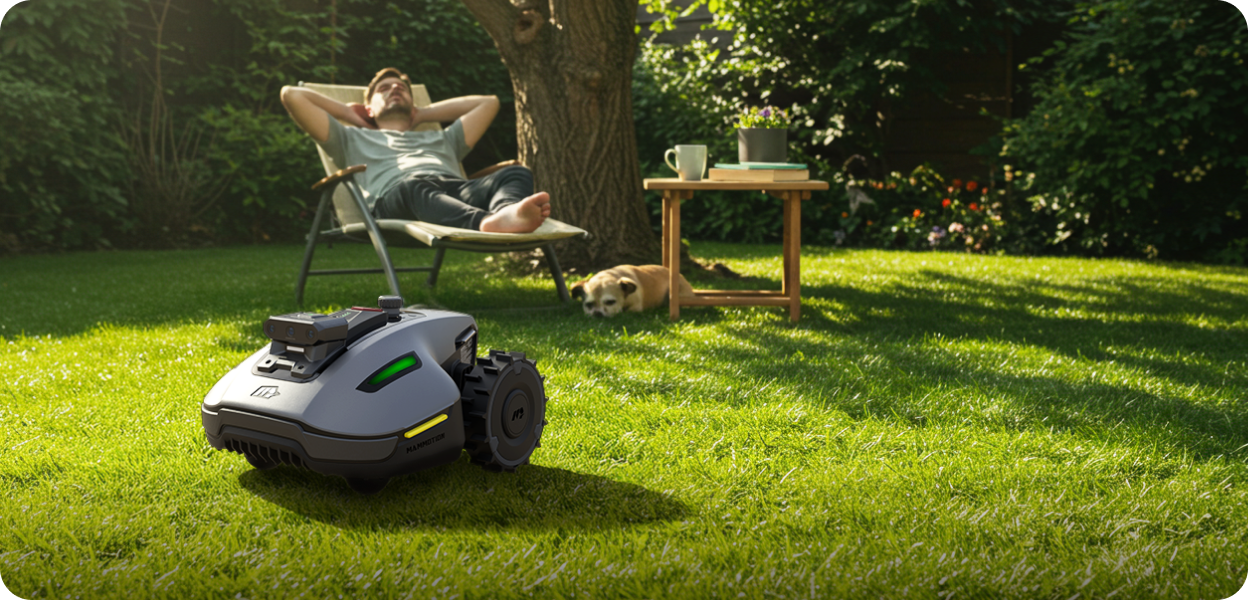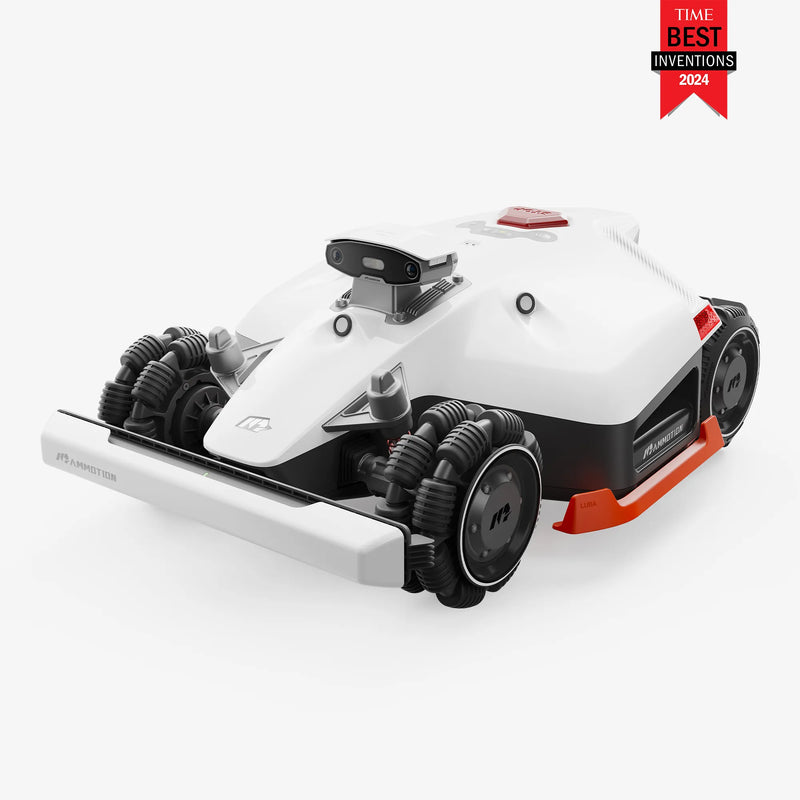Robotic lawn mowers are no longer a futuristic gadget — they’re here, they work, and they’re changing how Australians care for their lawns. Instead of pushing a noisy petrol mower every weekend, you can let a robot quietly trim the grass while you do something better with your time.
The appeal is obvious: these machines save hours of work, run quietly, and recycle clippings to improve soil health. Many can even be controlled from your phone. And in a country where weekends are precious and summer lawns grow fast, that convenience matters.
This guide will walk you through the essentials of choosing the right robotic mower for Australian conditions. We’ll cover how they work, which features really matter, how to match one to your lawn size and grass type, and what you can expect to pay. By the end, you’ll know exactly what to look for — and what to avoid — before you buy.
How Robotic Lawn Mowers Work
Robotic lawn mowers cut grass automatically by navigating your yard, trimming small amounts regularly, and recharging themselves when needed. They use either boundary wires or advanced GPS-based systems to know where to mow, ensuring consistent coverage without human effort.
Most entry-level models rely on a boundary wire installed around the edges of your lawn. This wire sends a low-voltage signal that the mower can detect, keeping it inside the mowing zone. It’s reliable and affordable, but setup takes time and adjustments may be needed if you change your garden layout.
Premium models often use GPS-RTK (Real-Time Kinematic) or virtual boundary systems. These wire-free robots create precise digital maps of your yard, allowing them to mow in neat, efficient patterns. They’re easier to set up but cost more and sometimes struggle under dense tree cover, where satellite signals can weaken.
Regardless of navigation type, every robotic mower follows the same routine:
- Mow little and often, keeping grass at a healthy, even height.
- Return automatically to the charging station when the battery runs low.
- Resume mowing until the scheduled area is complete.
This “set and forget” approach is why robotic mowers are growing so fast in popularity — they turn lawn care into background noise instead of a weekend job.
Step 1: Know Your Lawn Before Buying a Robotic Mower
The most important factor in choosing a robotic lawn mower is matching it to your lawn’s size, shape, and slope. If you don’t assess your yard first, even the best mower won’t perform well.
1. Lawn Size
Manufacturers specify a maximum coverage area in square metres.
- Small yards (<500 m²): Compact, budget-friendly models work fine.
- Medium blocks (500–1,000 m²): Mid-range mowers with longer battery life and stronger motors are better.
- Large properties (1,000–5,000 m²): Premium, often wire-free models with wider cutting decks and advanced navigation are needed.
Tip: Always allow a buffer. If your lawn is 600 m², choose a model rated for at least 800 m² to ensure reliable performance.
2. Lawn Layout
Simple rectangular lawns are easy. Complex gardens with narrow strips, garden beds, and front–back splits need mowers that support multi-zone programming or GPS mapping. For Australian homes where driveways often split the yard, look for models that can cross paths or manage multiple docking points.
3. Slopes and Surfaces
Not all robots handle hills. Most entry-level models manage slopes of up to 25–30% (14–17°), while premium four-wheel-drive versions can handle up to 80% (38.6°). Rough, uneven lawns may also cause smaller wheels to get stuck.
By taking a clear look at size, layout, and slope, you’ll immediately narrow down which type of mower can actually cope with your yard.
Step 2: Match to Grass & Climate for a Right Mower
Robotic mowers must cope with Australia’s thick grasses and harsh climate. Buffalo, kikuyu, and couch all grow differently, so matching mower power and cutting system to your lawn type ensures a clean cut and long-term reliability.
1. Common Grass Types
- Buffalo (Sir Walter, Palmetto): Broad, tough leaves need sharp blades and higher torque.
- Kikuyu: Vigorous summer growth demands frequent mowing — a robotic mower’s “little and often” style suits it perfectly.
- Couch: Fine leaves cut easily, but it spreads fast, so consistent trimming keeps it neat.
2. Climate Considerations
- Summer growth: In warm months, grass can grow up to 30–50 mm per week in many regions (data: NSW DPI). Frequent robotic mowing avoids scalping and promotes healthy turf.
- Drought and heat: Most models include rain sensors and programmable schedules. You can set mowing to early morning or evening to avoid stress during 35°C+ heatwaves.
- Wet conditions: Robots are weatherproof, but mowing very wet grass leads to clumping — it’s best to pause during heavy rain.
When you match mower power and schedule to your grass and climate, you’ll see healthier turf, fewer weeds, and less need for fertiliser.
Step 3: Features of Robotic Mower That Matter Most
The best robotic lawn mower is not the one with the longest spec sheet — it’s the one with features that actually match your yard and lifestyle. Focus on cutting system, power, smart controls, and safety.
Cutting System
- Blades: Pivoting razor blades give a fine, clean cut but wear faster. Fixed steel blades last longer and suit thicker grasses like buffalo.
- Cutting width: Wider decks reduce mowing time, but narrow decks navigate tight strips better.
- Edge mode: Some models cut right up to paving or garden beds, reducing the need for edge trimming.
Power and Battery Life
- Entry-level units typically run 60–90 minutes per charge, covering small blocks.
- Mid-range and premium models stretch to 3–4 hours, mowing up to 2,000–5,000 m².
- Look for lithium-ion batteries, which recharge in under an hour and last 3–5 years.
Smart Features
- App control: Start, stop, and schedule mowing from your phone.
- GPS mapping: Efficient, stripe-like mowing instead of random patterns.
- Geofencing & theft alerts: If lifted, the mower locks and pings your phone.
Safety
- Tilt and lift sensors stop blades instantly.
- Collision sensors detect pets, toys, or garden furniture.
- Most models let you set safe daylight schedules, reducing risks to wildlife.
By focusing on these features — rather than marketing hype — you’ll choose a mower that’s safe, efficient, and reliable for Australian conditions.
Step 4: Costs & Value of Robotic Lawn Mower
Robotic lawn mowers in Australia range from affordable entry-level models to high-end premium machines. Knowing what to expect helps you balance features, reliability, and budget.
Price Bands (AUD)
- Entry-level (~$900–$1,500): Suitable for small lawns (<500 m²), basic boundary wire navigation, limited app features.
- Mid-range (~$1,500–$3,000): Handles medium lawns (500–1,000 m²), longer battery life, app control, better sensors, and sometimes wire-free options.
- Premium (~$3,000–$5,500+): For large properties (1,000–5,000 m²), wire-free/GPS navigation, multi-zone programming, advanced sensors, and AWD models for slopes.
Ongoing Costs
- Blades: Typically replaced every 3–6 months (~$20–$50 per set).
- Battery replacement: Every 3–5 years (~$250–$600 depending on model).
- Professional servicing: Optional, AUD 150–400 per visit for complex setups.
Value Considerations
- Save hours of manual mowing every week — especially during fast summer growth.
- Reduced noise and emissions compared to petrol mowers.
- Micro-mulching feeds the soil and reduces the need for fertiliser.
Balancing upfront cost with features and long-term benefits helps you choose a mower that delivers the best value for your Australian lawn.
Step 5: Robotic Lawn Mower Popular Brands in Australia
Several robotic lawn mower brands are widely available in Australia, each offering features suited to different lawn sizes and needs. Choosing the right brand can save time and ensure reliable performance.
Husqvarna
- Best for: Medium to large lawns.
- Strengths: Advanced navigation (boundary wire and GPS-RTK), reliable performance, strong dealer support.
- Popular models: Automower 310, 430X, 450X.
Worx
- Best for: Small to medium yards.
- Strengths: Affordable, app-controlled, good for multi-zone mowing.
- Popular models: Landroid M/L, Landroid XL.
Gardena & Segway
- Best for: Small to medium lawns.
- Strengths: Compact, reliable, entry-level wire-free options.
Mammotion
- Small lawns (<600 m²): YUKA mini and LUBA mini — compact, lightweight, ideal for courtyard and inner-suburban blocks.
- Large lawns (1,000–5,000 m²): LUBA 2 — premium AWD, wire-free RTK navigation, handles slopes and complex layouts.
- Strengths: Strong wire-free technology, robust batteries, and Australian warranty support.
By matching the brand and model to your lawn size and complexity, you can narrow choices quickly and focus on what will work reliably for your property.
Conclusion
Buying a robotic lawn mower in Australia can transform your lawn care routine. The best robotic mower in 2025 offers time-saving automation, quieter operation, and healthier, evenly trimmed grass with minimal effort. By considering your lawn size, grass type, terrain, and budget, you can choose a model that suits your property perfectly.
Whether you have a small courtyard or a sprawling backyard, options like the Mammotion YUKA mini for compact lawns or the LUBA 2 AWD for larger, complex areas provide reliable performance tailored to Australian conditions. Investing in the right mower not only keeps your lawn looking great year-round but also frees up your weekends for more enjoyable activities.
Take the time to compare features, read reviews, and match a mower to your yard — that’s the key to getting the most value and satisfaction from your robotic lawn mower purchase.
Frequently Asked Questions
1. What is the best robotic lawn mower for Australian lawns?
The ideal robotic lawn mower depends on your lawn's size, terrain, and desired features. For small, flat lawns, models like the Mammotion Yuka mini offer compact design and efficient performance. For larger or sloped areas, the Mammotion LUBA 2 AWD provides all-wheel drive and advanced navigation.
2. How do I choose the right size robotic mower for my lawn?
Match the mower's coverage area to your lawn size. For example, the Yuka Mini suits lawns up to 600m², while the LUBA 2 AWD is designed for areas up to 5,000m². Always select a model with a slightly higher capacity than your lawn's size to ensure efficient operation.
3. Can robotic mowers handle Australian grass types?
Yes, many robotic mowers are equipped to handle various Australian grass types, including kikuyu and buffalo.
4. Are robotic lawn mowers suitable for sloped terrains?
Absolutely. The Mammotion LUBA 2 AWD, for instance, boasts all-wheel drive and can handle slopes up to 80%, making it ideal for hilly Australian landscapes.
5. Do I need to install boundary wires for robotic mowers?
Not necessarily. While some models require boundary wires, some new modwls utilize GPS-based navigation, eliminating the need for physical boundaries.
6. How do I maintain my robotic lawn mower?
Regular maintenance includes cleaning the mower after each use, checking and replacing blades as needed, and ensuring the charging station is free from obstructions. Additionally, keeping the firmware updated can enhance performance.
7. Can robotic mowers operate in wet conditions?
Many robotic mowers are designed to operate in light rain. However, it's advisable to avoid using them during heavy downpours to prevent potential damage and ensure optimal performance.
8. Are robotic lawn mowers energy-efficient?
Yes, robotic mowers are generally energy-efficient. They consume less power compared to traditional petrol mowers, leading to reduced electricity bills and a smaller carbon footprint.
9. How noisy are robotic lawn mowers?
Robotic mowers are typically quieter than their petrol counterparts. Models like the Mammotion LUBA 2 AWD operate at noise levels comparable to a standard conversation, making them suitable for use during early mornings or late evenings without disturbing neighbors.
10. What features should I look for in a robotic lawn mower?
Key features to consider include:
- Battery life: Ensures the mower can cover your lawn in one charge.
- Navigation system: GPS or boundary wire-based systems for efficient mowing.
- Slope handling: Ability to manage inclines if your lawn is hilly.
- Weather resistance: Capability to operate in various weather conditions.
- App control: Allows remote scheduling and monitoring.

